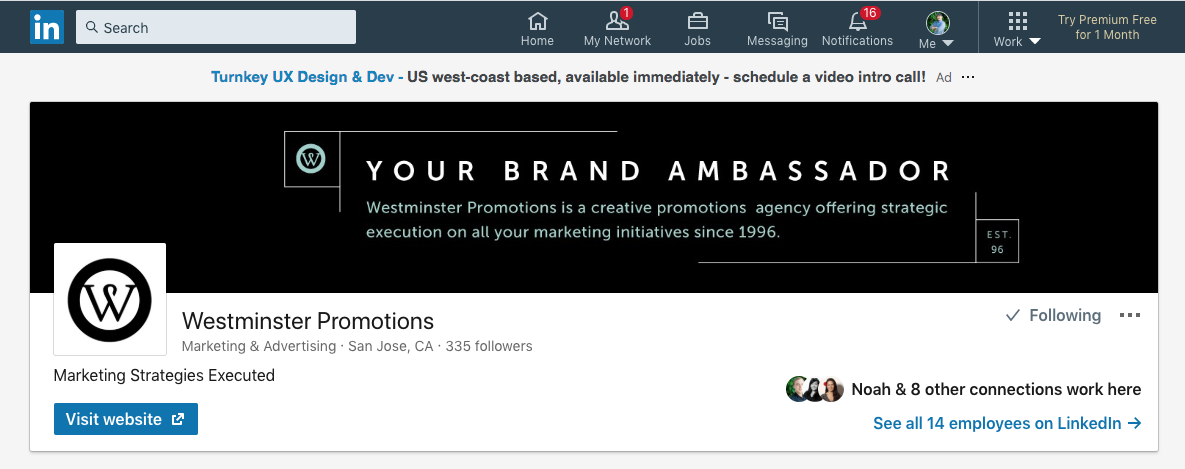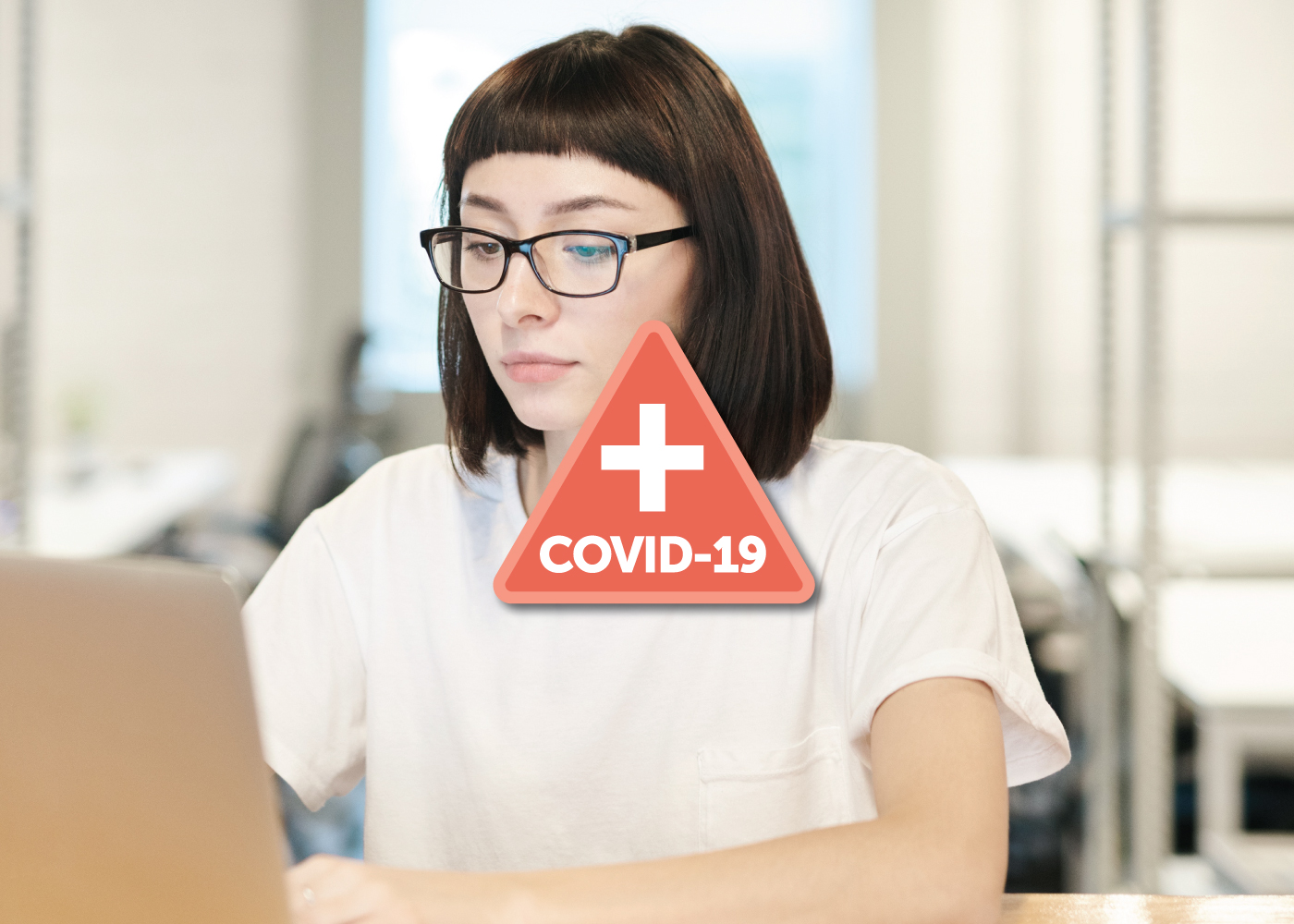The biggest events in the world are being cancelled or postponed due to the COVID-19 pandemic. Marketers who depend on physically going to tradeshows and events to get their message out, build relationships and educate — the job still needs to be done.
What is possible under these circumstances may not be ideal but there are always alternatives and now more than ever, you need to be versatile with the tools out there to be effective. Here is an informal list of marketing alternatives that might inspire you while most of the world is working in quarantine:
Webinars
Nothing new to the industry, webinars are a fairly common marketing tool. Most companies employ a service like GoToMeeting, Zoom and even flexible communicating tools like Skype to handle the technology. Those tools will typically allow a screen share and many presenters will have a pre-made presentation ready.
Here are some tips for webinar success that you might not have thought of:
- Promote a webinar schedule instead of a single online event. This promotes a culture of education rather than an information dump. It also does more to promote a community around your product if the audience is bringing co-workers or just coming back to ask more questions.
- Optimize the webinar content. Figure out what is best for your product in terms of topics, length and format. An intro demo is always a great webinar topic but don’t stop there — have a webinar that is just a Q&A, a client success story, an advanced use case or anything that can pique your audience’s interest.
- Webinars can provide a social element to your customers as well if your tool allows video conferencing. Not only can you make a face to face relationship, but this is also a brand opportunity as well (just like at a physical tradeshow). Set up a webinar nook in your office or home office with professional elements such as signage in addition to some basic lighting and video equipment. Consider a Livestream light can be found for $30, webcams for less than a $100 and customized signage options for less than a $200.
 Fig. 1 Conference Room Backdrop Courtesy of Podcast.co Fig.2 Customizable Signage Fig 3. Simple Backdrop Example Courtesy of Peerspace Fig 4. Branded Backdrop In-Use Example Courtesy of Hosstile Supplements.
Fig. 1 Conference Room Backdrop Courtesy of Podcast.co Fig.2 Customizable Signage Fig 3. Simple Backdrop Example Courtesy of Peerspace Fig 4. Branded Backdrop In-Use Example Courtesy of Hosstile Supplements.
Online Advertising
Just like attending a big trade show, online advertising is all about getting some eyeballs on your product or service. Although it is difficult to gauge how effective a campaign can be by itself, it is often used as just a single piece of a larger effort and if the multiple touchpoints hit the right people — it can be a powerful tool.
This type of project is best managed by someone with experience but here are some things to look out for:
- ‘Online’ doesn’t just mean PPC (Pay Per Click) campaigns in search engines anymore. Advertising on social media may be more impactful because they have built-in communities. Specialty industry ad networks can deliver your message to the same type of audience in an industry trade show.
- Don’t advertise your product, advertise the catalyst for your product. The ad can only say so much in that instance, a video, a webinar, a raffle might actually have a bigger impact on engagement
- Not all advertising is paid. If your company can positively contribute to a niche community with a simple tool, video or educational post that doesn’t have a direct correlation to your own product — it can still accomplish the same things a paid advertising campaign does. Drive website views, generate interest, educate the audience with your product as a central point. Google is the number one search engine and YouTube is the number two. A quality blog post or video has a chance to get listed for free.
Social Media Marketing
Most companies already have some social media presence ranging from the professional (LinkedIn) to the fun (Instagram). During the reality of quarantine, it’s a good idea to pay attention to these accounts more as people will be looking to replace the physical social activity with the online kind.
The nature of social media is ever-changing, but here are some concepts to think about:
- Understand the social media platform and check all the boxes to be an upstanding member in that social universe. Example: LinkedIn company profiles should be as complete as possible. If you treat your presence as a second thought, the community that has been on that platform can see right through you.
- Develop content specifically for that platform. Optimize your message so that it makes best use of what that audience sees. LinkedIn audiences may want to see expertly written blog posts on timely subject matter. Twitter audiences may want a poll they can discuss and retweet. Instagram may do better with selling aspects of your company having to do with the human side such as client or employee profiles.
- If you are expecting engagement from social media, you have work for it. Plan for the month like you would do any project with a publishing schedule and track engagement to gauge the impact.
 Example of a complete LinkedIn Profile
Example of a complete LinkedIn Profile
Email Marketing
The best aspect of email marketing is that it is the only direct line of communication that has survived modern technology. People still own email accounts that they routinely check and it’s part of their daily lives.
Been around forever, here are some good rules of thumb to think about:
- Build your list. There are many ways but one of the easiest to implement is to have a form on your website. You can attach an item with sign up to encourage them such as a industry data sheet or other educational tool that they would find helpful. There are many ways to build your list but being proactive and taking care of low hanging fruit is something you can do immediately while you build your campaign.
- Concise messaging. Email marketing allows you to have as extravagant a message as you can muster but the best campaigns usually treat the email as the entry point and the real messaging is in another medium. Typically that medium can better engage because the technology will be improved over what is available in an email application. Like a video.
- The effort and investment you put into email marketing will pay dividends even after the quarantine is over. Using this time period to perfect the list acquisition techniques and messaging is something that you have the time to dedicate to now.
Microsites
Perhaps the most versatile tool of all, the microsite. For those not familiar — companies may have a brilliant marketing website but the issue is that a lot of that content is relatively generic and relies on the website as a whole to paint the picture of who, what, when, why and how of the product. The beauty of a microsite is that you can make a single page answer all those questions and also tailor it to a specific niche audience!
This means that it is the perfect foundation element for all the topics mentioned above! Whether it is a webinar, social media, emails or ads — they are all limited in their format in what they can communicate. Moving those audiences to a website opens up limitless possibilities.
Some thoughts on how to get started:
- Always remember that Microsites are not meant to be the first place the audience will visit in the marketing environment. Build off of the entry point. Think about what was in the email or ad and continue the conversation from there. Branding should be consistent but the page will need to do a good job of answering questions.
- If possible, the microsite should have a notable piece of content. This sometimes comes in the form of a video, a chart, or even a testimonial. The point of this method is that it tells the story of your product or service in an engaging way more likely to connect with them compared to just text.
- The microsite should have a clear purpose. You got them on the page, they are engaged and curious — now it’s time to make it work for you. Have a single CTA (Call To Action) that can collect their information (whitepaper download, webinar registration, newsletter), order the product right now (shopping cart link), or begin the sales process with a contact button (email, form).
There is no singular solution to marketing during the COVID-19 pandemic just as there is no solution to the COVID-19 pandemic but we hope this article was helpful to jumpstart your efforts moving forward.
Please set up a meeting (videoconference of course) with our Westminster sales associates to brainstorm how we can help your company!

 Fig. 1 Conference Room Backdrop Courtesy of Podcast.co Fig.2 Customizable Signage Fig 3. Simple Backdrop Example Courtesy of Peerspace Fig 4. Branded Backdrop In-Use Example Courtesy of Hosstile Supplements.
Fig. 1 Conference Room Backdrop Courtesy of Podcast.co Fig.2 Customizable Signage Fig 3. Simple Backdrop Example Courtesy of Peerspace Fig 4. Branded Backdrop In-Use Example Courtesy of Hosstile Supplements. Example of a complete LinkedIn Profile
Example of a complete LinkedIn Profile